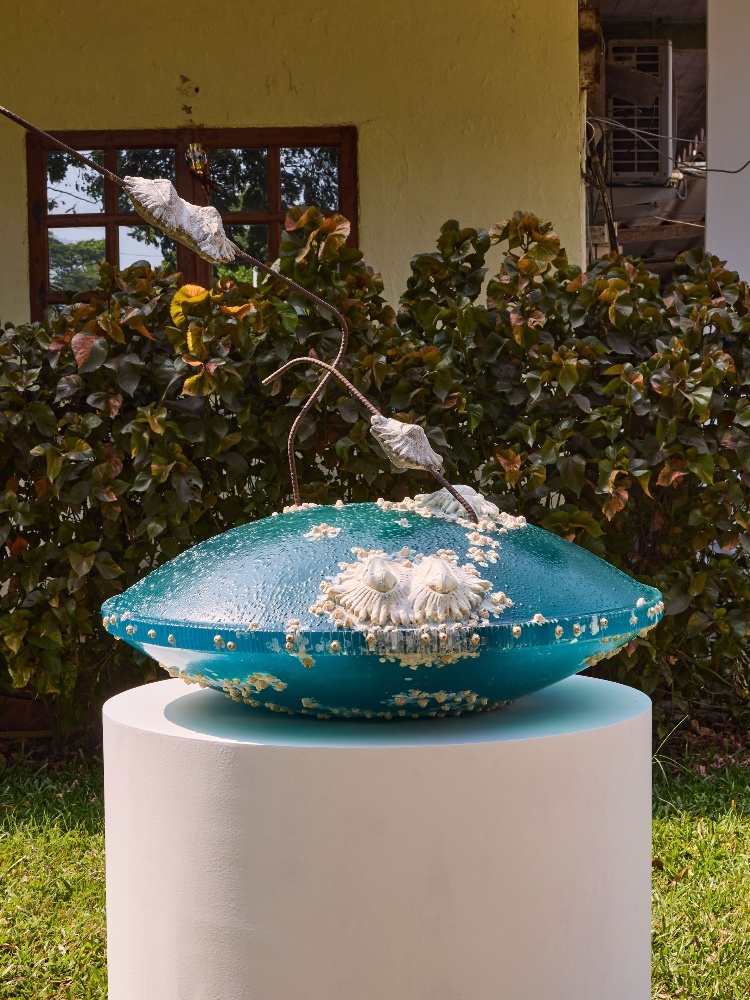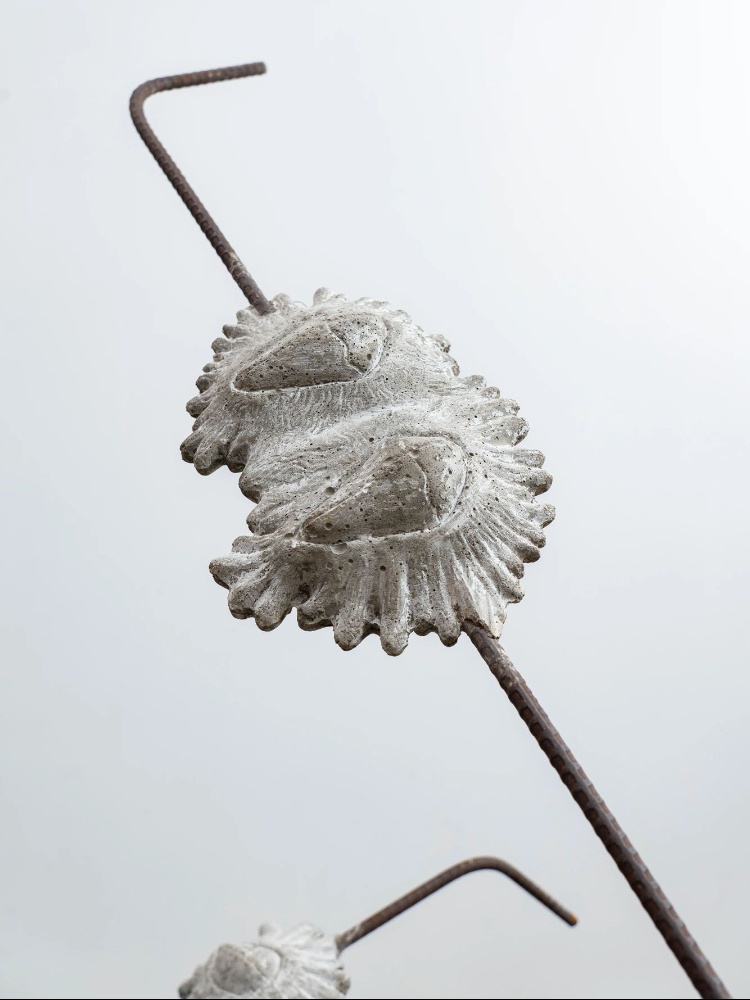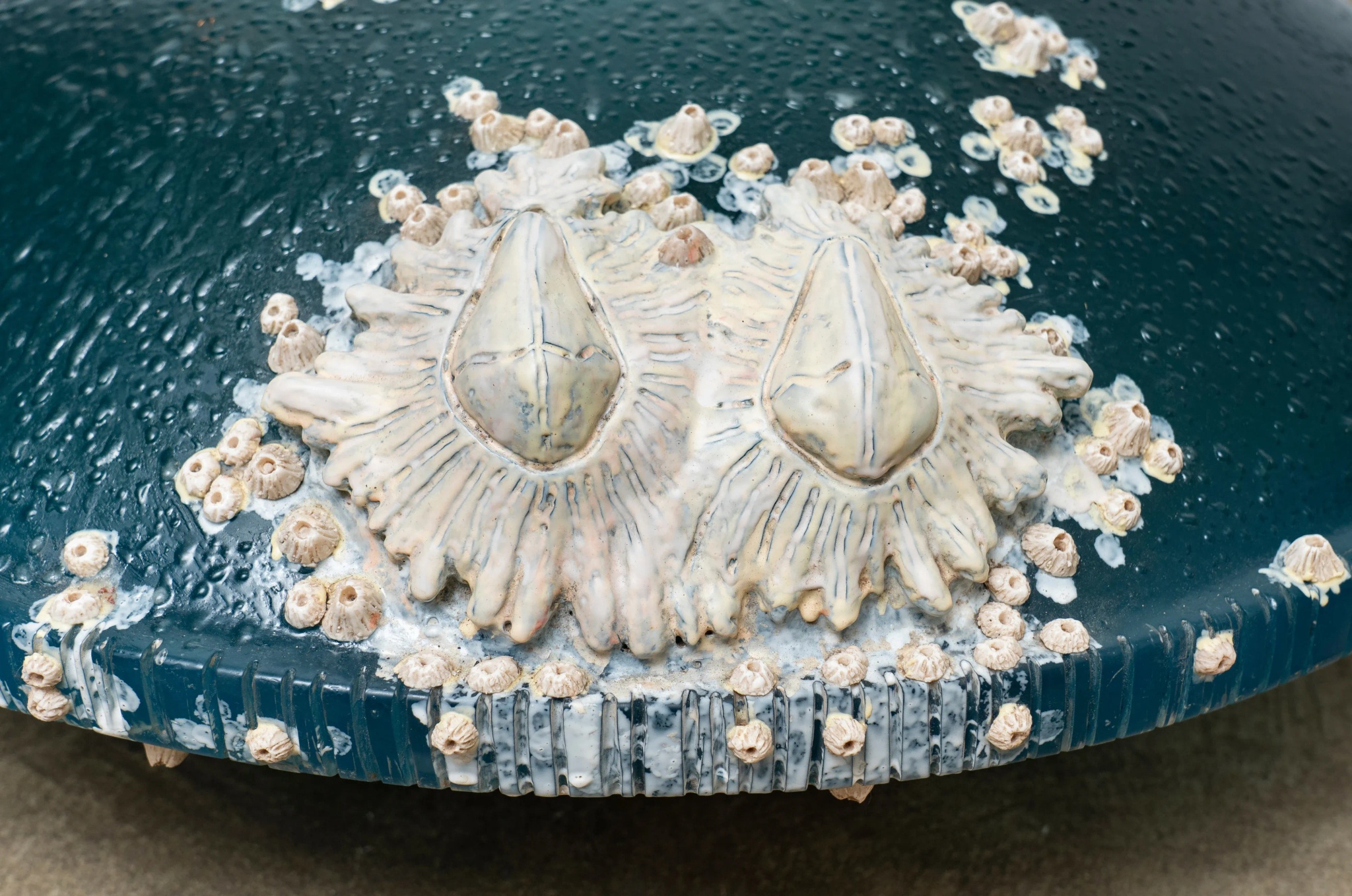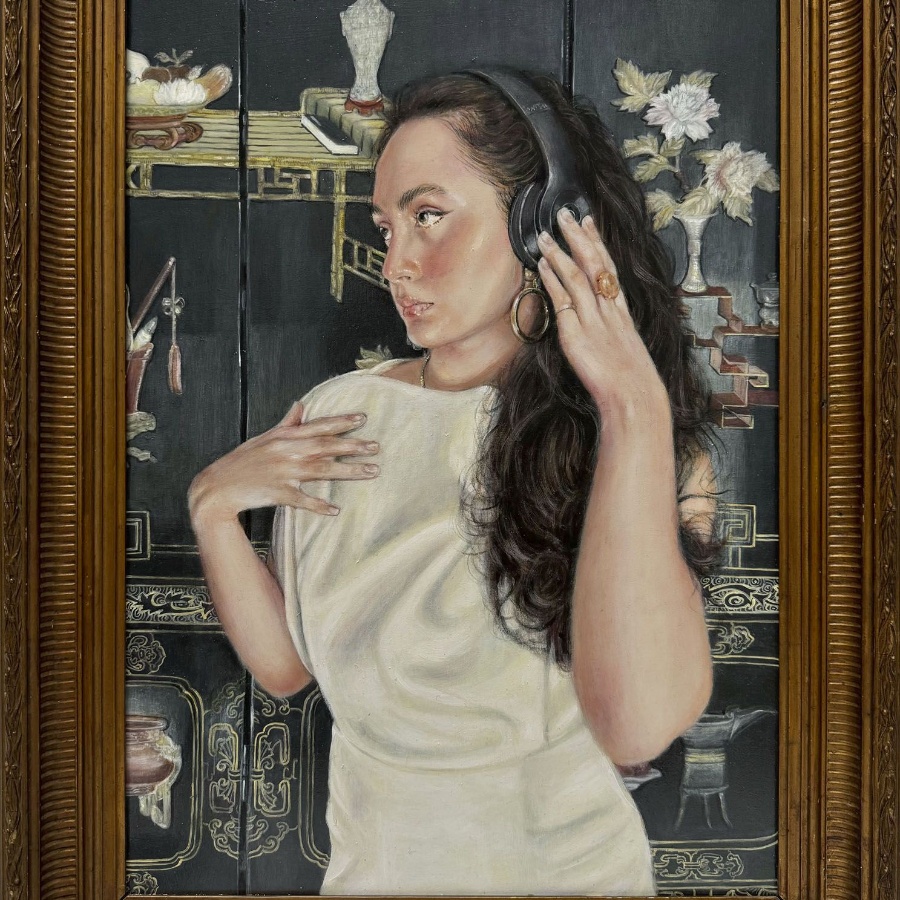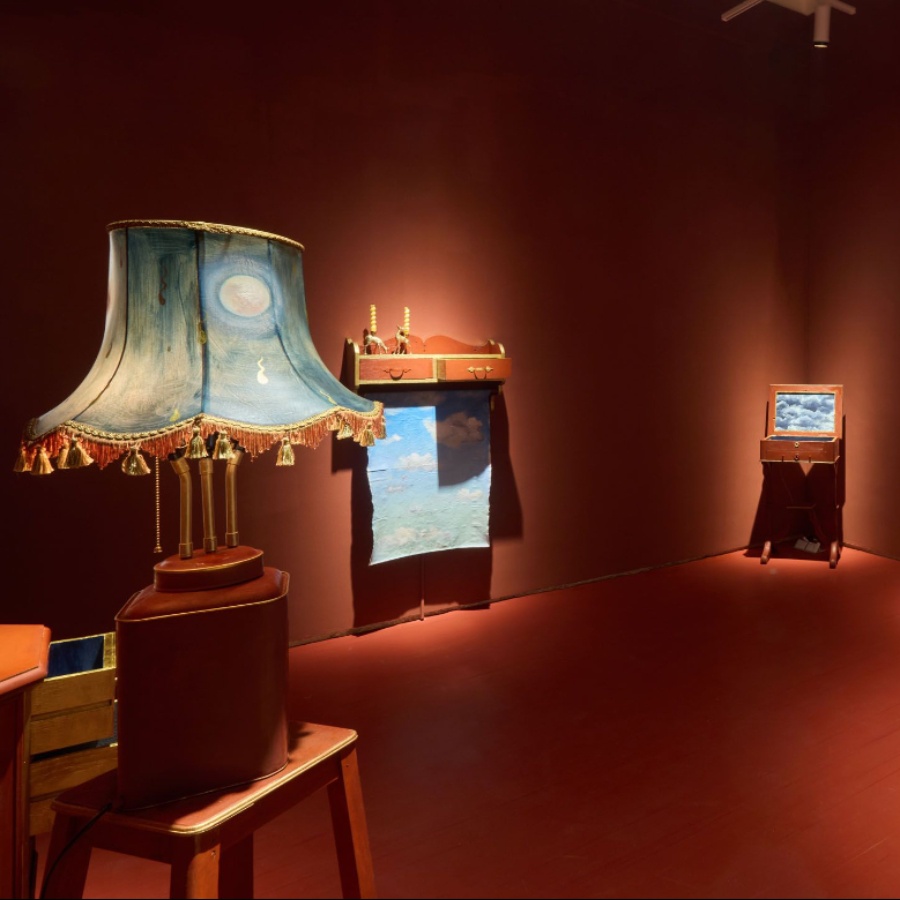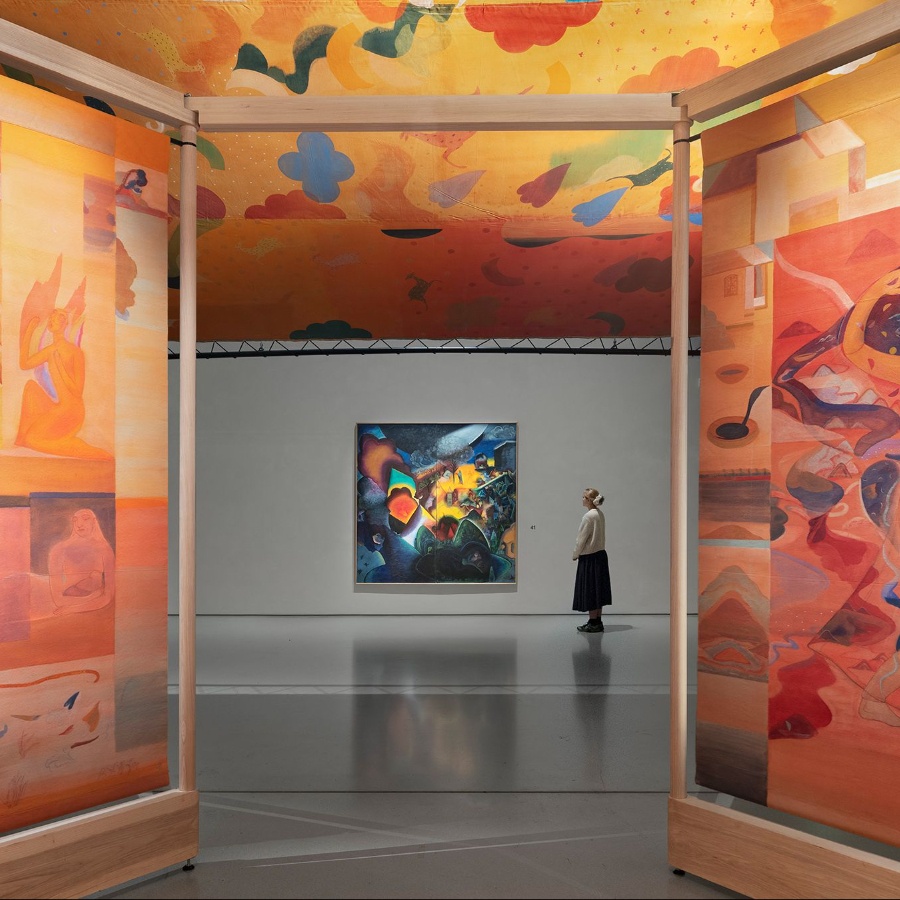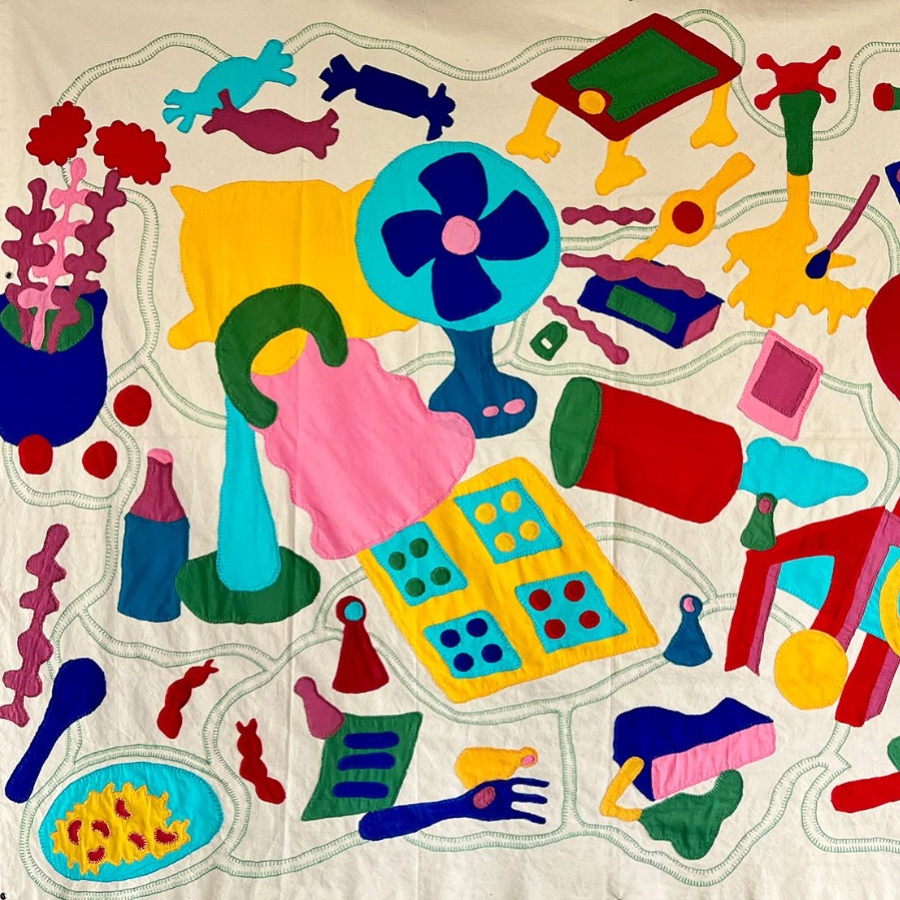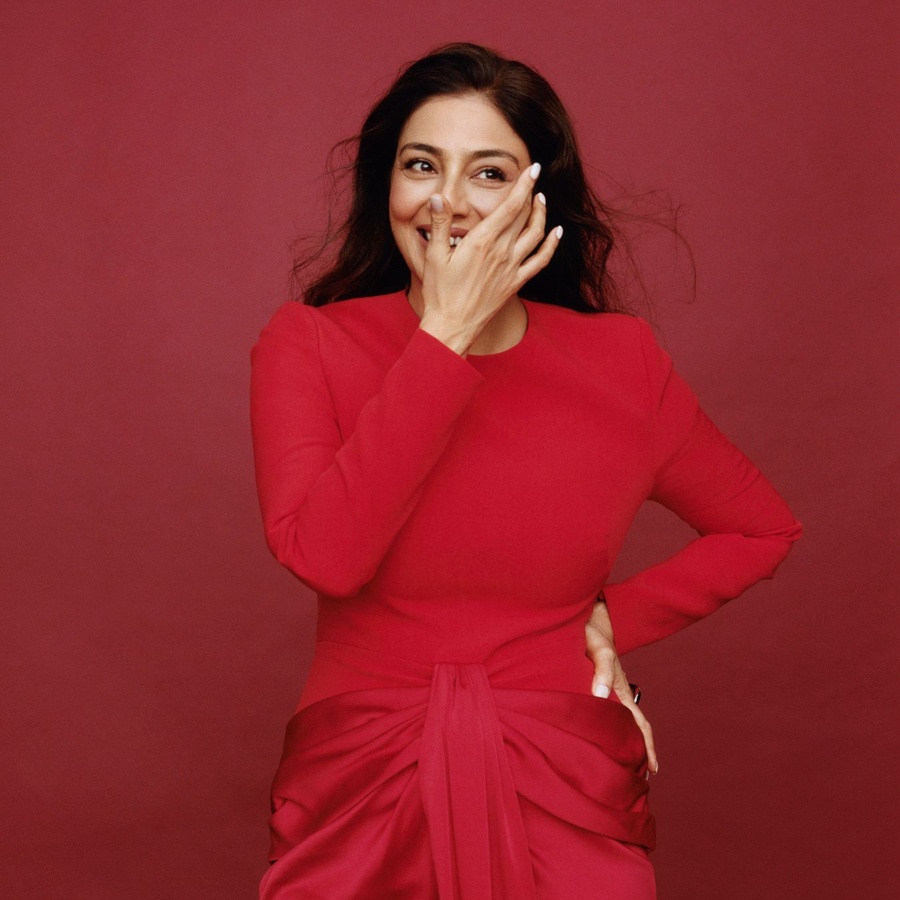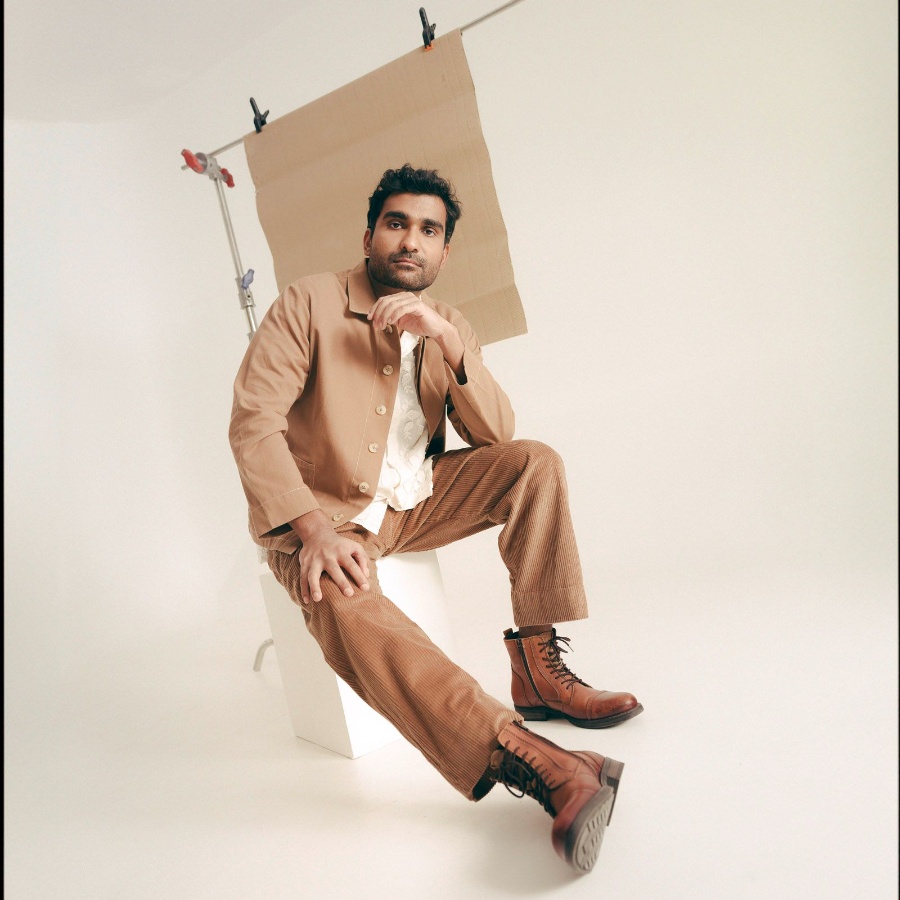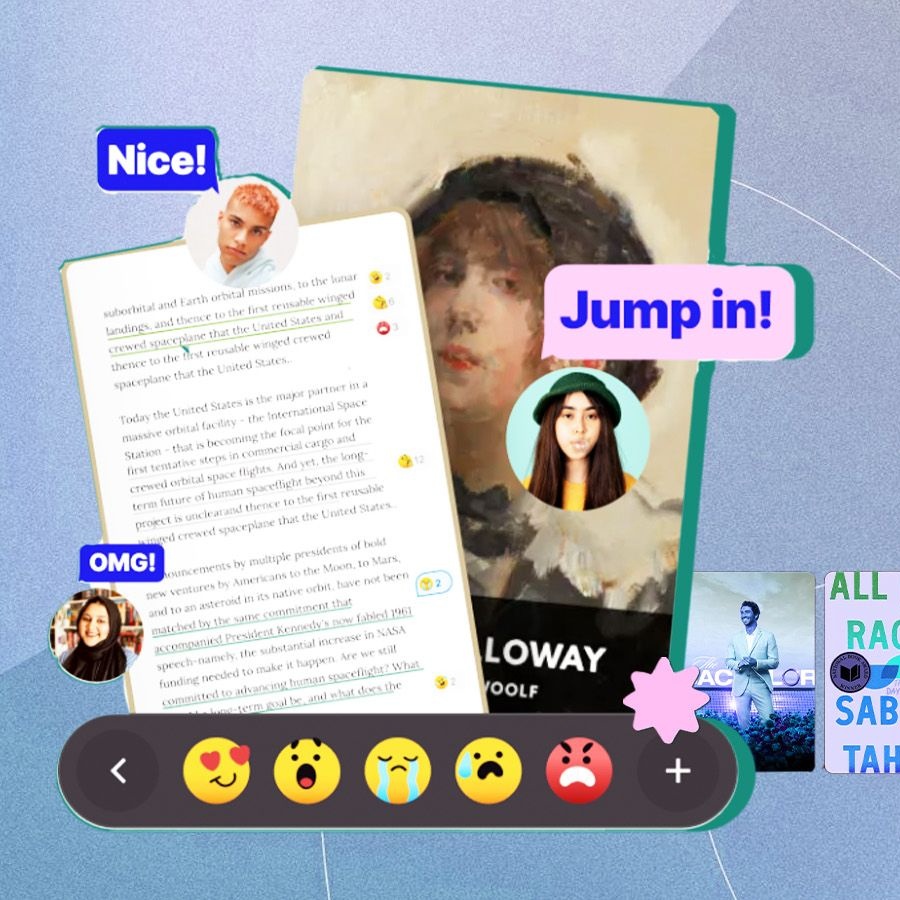At first glance, Parag Tandel’s peculiar-looking, disc-shaped sculpture stirs curiosity and awe. Its luminous shell, a phthalo blue-green hue, immediately draws you in. Though otherworldly in appearance, the sculpture is Tandel’s representation of a particular marine organism—the plankton. Titled ‘Vitamin Sea, Coastal Road Project 3’, his installation gestures towards the fragile and inextricable relationship the Koli fishing community has with the sea and its living beings. The installation will be exhibited at Art Mumbai this weekend.
Mumbai’s homegrown art fair gears up for its second iteration to showcase more than 5,000 artworks by a diverse range of artists, represented by over 70 exhibitors. From November 14 to 17, the city’s Mahalaxmi Racecourse will transform into a sprawling makeshift gallery, brimming with creative wonders.
Tandel’s work will be a part of a special Sculpture Walk curated by Veerangana Kumari Solanki. Featuring more than 20 large-scale sculptures, including Robert Indiana’s iconic ‘Love’ sculpture, Ravinder Reddy’s ‘Devi’ head, and British contemporary artist Julian Opie’s ‘Walking Figures’, each piece is thoughtfully pitched in and around the fair’s grounds, encouraging art aficionados to lean in, engage, interact, and pose for the ’gram.
